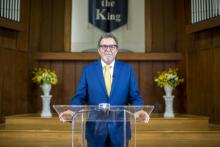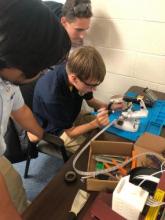Story by Michele Joseph, reprinted from the ASI Columbia Union Chapter’s April 2020 newsletter
Daniel Reed could do little as his business “came to a complete stop.”
As the number of positive COVID-19 tests grew and Virginia’s governor called for stricter social distancing measures, customers’ calls to Nova HomeWorks, in Sterling, went from new orders to postponements and cancellations.










